1 Abstract
A high-frequency transformer is a device that converts alternating voltage, current, and impedance. When an alternating current flows in the primary coil, an alternating magnetic flux is generated in the core (or core), causing a voltage (or current) to be induced in the secondary coil. . The transformer consists of a core (or core) and a coil, and the coil has two or more windings, wherein the winding of the power supply is called the primary coil and the rest of the winding is called the secondary coil. The magnetic cores of transformers include can cores, RM cores, E cores, EC, ETD and EER cores, PQ cores, EP cores, EP cores, toroidal cores, etc. So what impact do these cores have on transformer work? Please see the specific analysis below.
2, can core
The skeleton and the winding are almost completely surrounded by the magnetic core, resulting in a very good shielding effect on EMI; the size of the can core is in conformity with the IEC standard, and the interchangeability during manufacture is very good; a simple skeleton (without pins) can be provided. And the PCB board mounting frame (with pins); due to the can shape design, resulting in higher cost compared to other types of magnetic cores of the same size; due to its shape is not conducive to heat dissipation, it is not suitable for high power Transformer inductors.
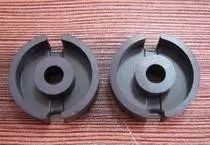
3ã€RM type core
Compared with the can type, the two symmetrical sides of the can type are cut off. This redesign is more conducive to heat dissipation and large-sized wire lead-out; it saves about 40% of the installed space compared to the can-shaped shape; Pin-type and pin-type; can be mounted using a pair of clips; RM-type magnetic core can be made into a flat shape (for current planar transformers or directly to the core of the printed circuit board has been designed windings) Although the shielding effect is not as good as the tank type, it is still good.
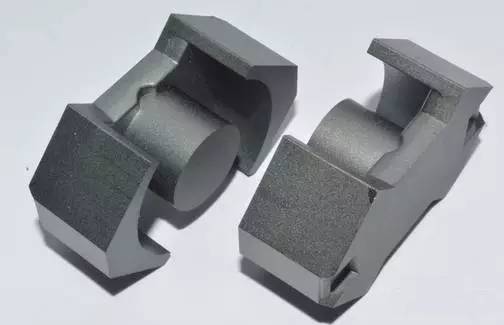
4, E-type magnetic core
Compared with can-type magnetic cores, E-type magnetic cores cost much less, plus winding and assembly are relatively simple, this core shape is now the most widely used, but its disadvantage is that it can not provide self-shielding; E-cores can be mounted in different orientations, or they can be used for more power. These cores can be made in a flat shape (a popular magnetic core shape for current planar transformers); they can also be supplied without needles and plugs. Needle-type skeleton; Because its heat dissipation is very good and can be used in superposition, generally high-power inductors and transformers use this shape of magnetic core.

5, EC, ETD and EER cores
These types of magnetic core structures are between the E-type and the can type. Like the E-type cores, they can provide enough space for leads with large cross-sections (suitable for the trend of low-voltage and high-current switching power supplies today); these shapes also have very good heat dissipation for the core; there are cylindrical columns in the center column, and the same Compared with the cuboid of cross section, the length of the winding of the single turn is shortened by 11%, so that the copper loss is also reduced by 11%, while the magnetic core can provide a higher output power; at the same time, the center column is cylindrical, with the center of the cuboid. Compared with the column, it also avoids the risk of damaging the insulation of the winding wire due to the angularity of the rectangular parallelepiped.

6, PQ core
PQ cores are designed specifically for inductors and transformers for switching power supplies. The PQ shape design optimizes the ratio between core volume, surface area, and winding area; this design makes it possible to use the smallest cores to provide maximum inductance and maximize the area of ​​the winding; this design , Makes the maximum output power at the smallest transformer volume and weight, and occupies the smallest PCB mounting space; It can use a pair of clamps to install and fix; This effective design also makes the core's magnetic circuit cross-sectional area more Uniform, so this core structure also allows less work hotspots than other core designs.
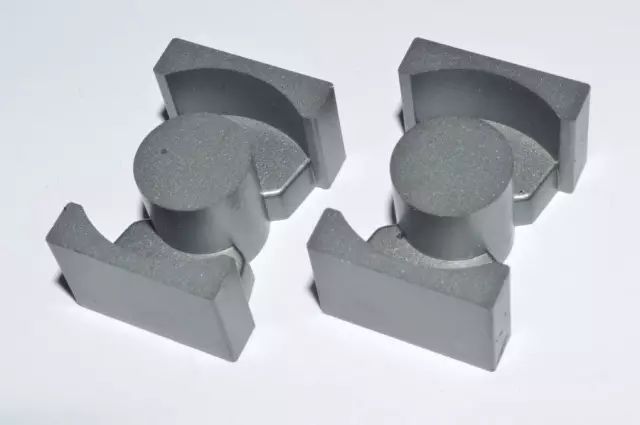
7, EP core
The circular center pillar three-dimensional structure of the EP-type magnetic core completely wraps the winding in addition to the contact end with the PCB board, and the shielding is very good; this unique shape minimizes contact when the two magnetic cores are assembled The effect of the air gap formed by the surface, and provides a ratio of greater volume and total space utilization.
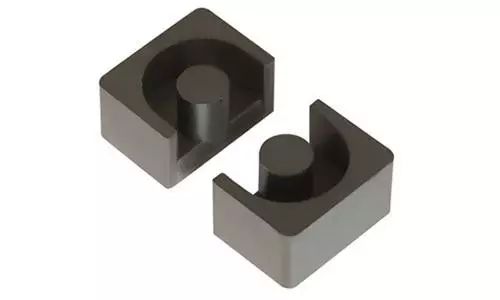
8, ring core
For manufacturers, the toroidal core is the most economical, and its cost is the lowest among the various magnetic cores comparable to it; due to the use of the skeleton, the additional and assembly costs are equal to zero; when appropriate, the winding can be used. The winding machine is wound; its shielding is also very good.
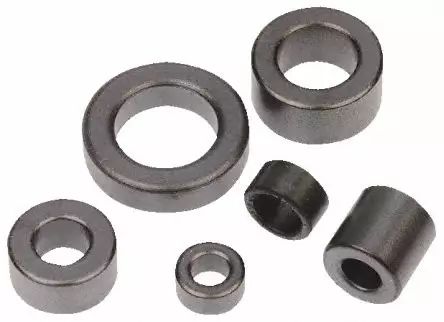
High Frequency AC Power Supplies
High Frequency Variable frequency AC power supply converts AC electric to pure sine waveform by through AC – DC – AC conversion, which is different from variable frequency speed controller and common AC voltage regulator.
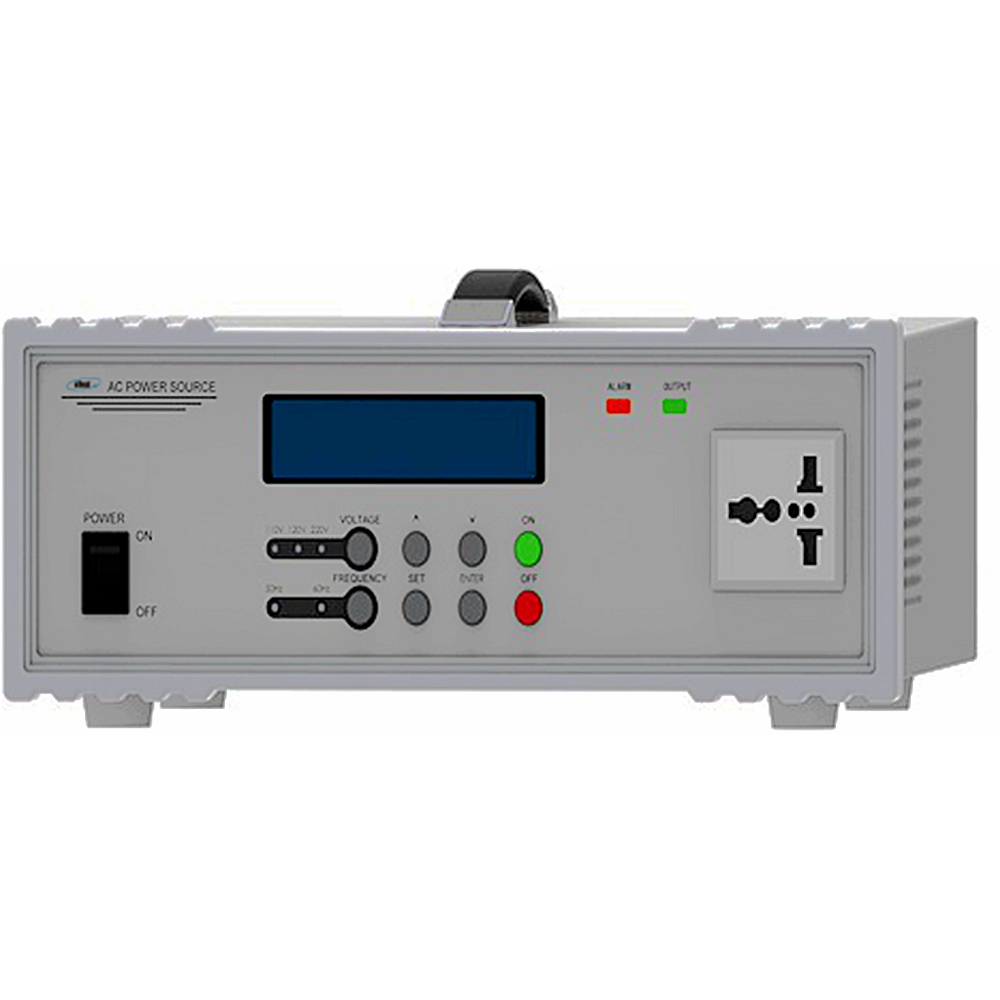
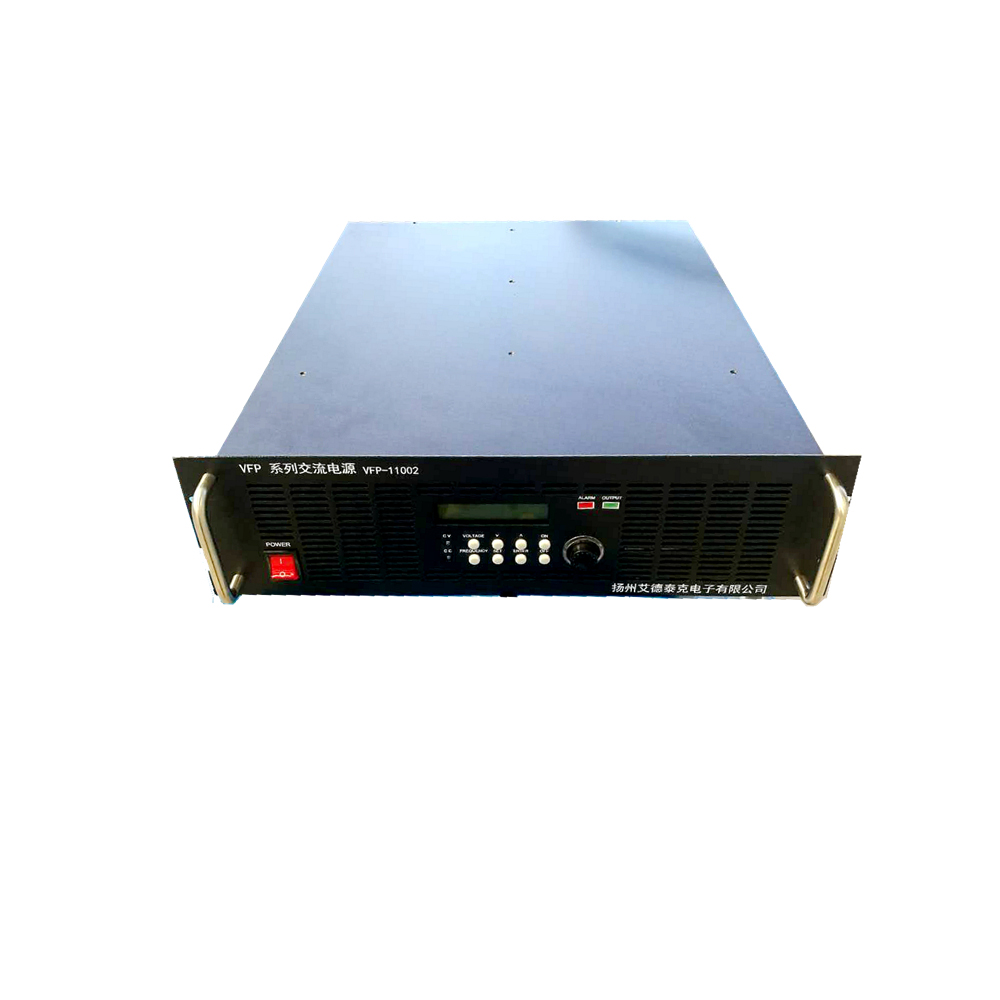
VFP-H series variable frequency power supply is manufactured under SPWM mode; it is designed by MOSFET module as active component, and adopts other technologies as digital frequency division, D/A conversion, instantaneous feedback and sinusoidal pulse width modulation to make the capacity of single unit up to 150KVA. Isolated transformer used to enhance total stability, strong load applicability, high quality output waveform, and simple operation, small size and light weight. In addition, this power supply has many protective functions against short circuit, over current, over load and over heat to ensure proper operation.
Comparing to traditional frequency inverter power supply, our inverter power supply removes the transformer and frequency converter, by using pure high-frequency conversion technology, with built-in by AC/DC and DC/AC parts, our AC inverter power supply could give stable AC output with prefect output precision.
Because, our new technology does not need transformer for conversion and isolation, the power supply size can be reduced within the same output power rating, and not limited by the transformer, output frequency could reach 15 ~ 1Khz continuously adjustable.
High Frequency AC Power Sources, AC High Frequency Power Supplies, High Frequency AC Sources, AC Power Sources, AC Power Supplies
Yangzhou IdealTek Electronics Co., Ltd. , https://www.idealtekpower.com
